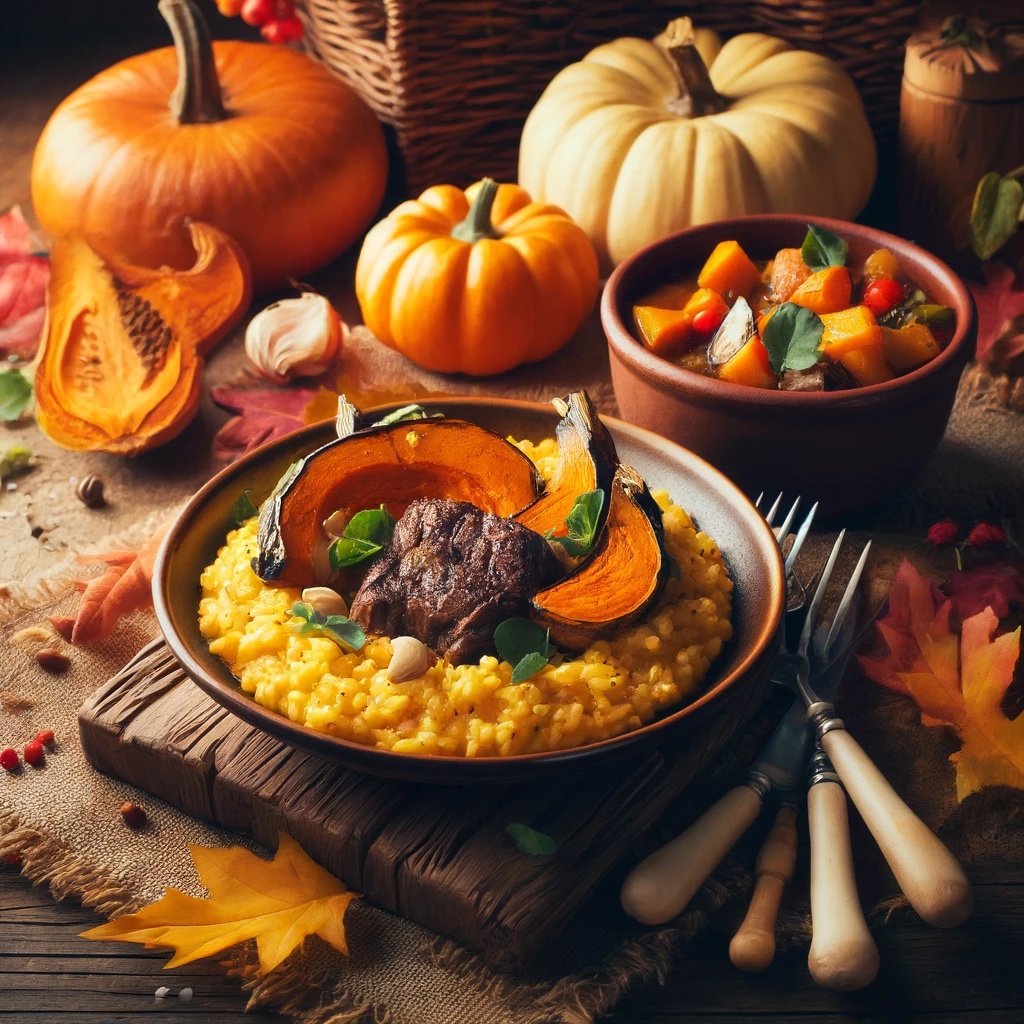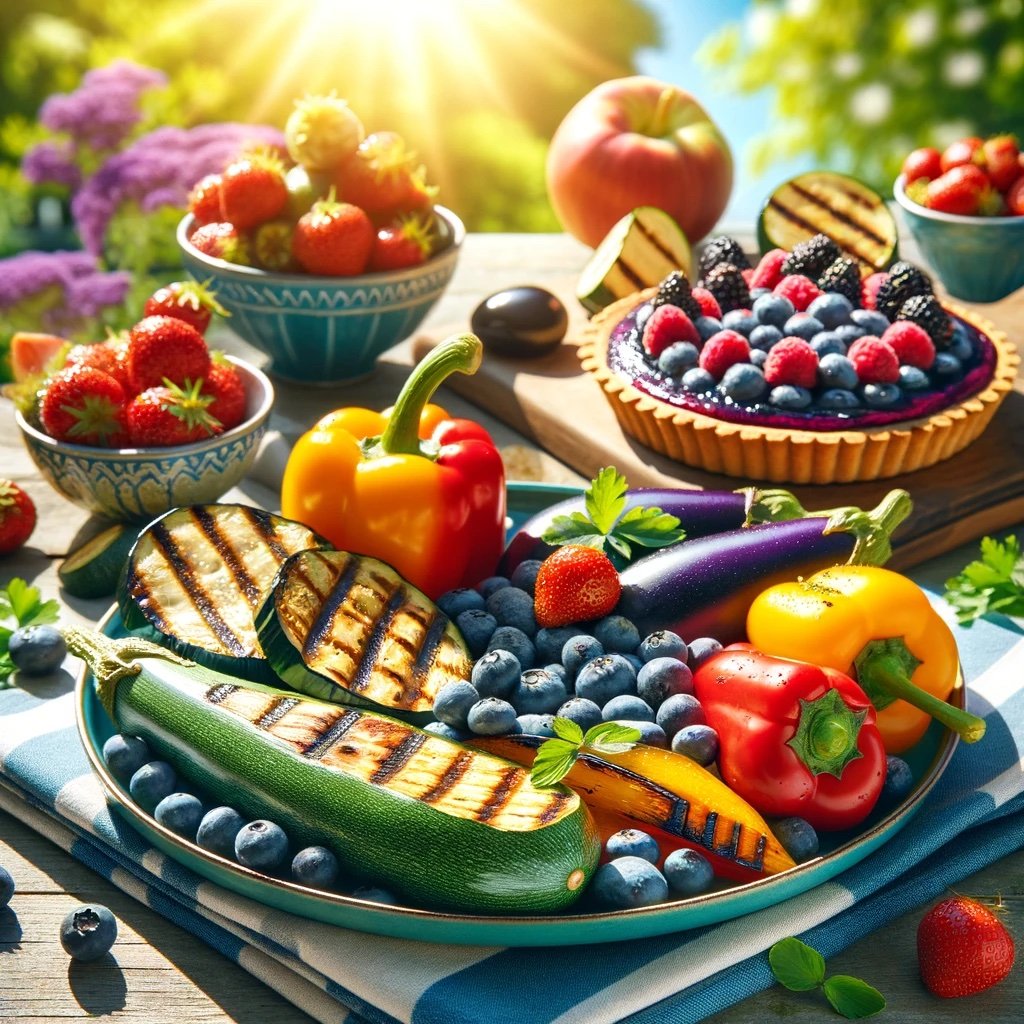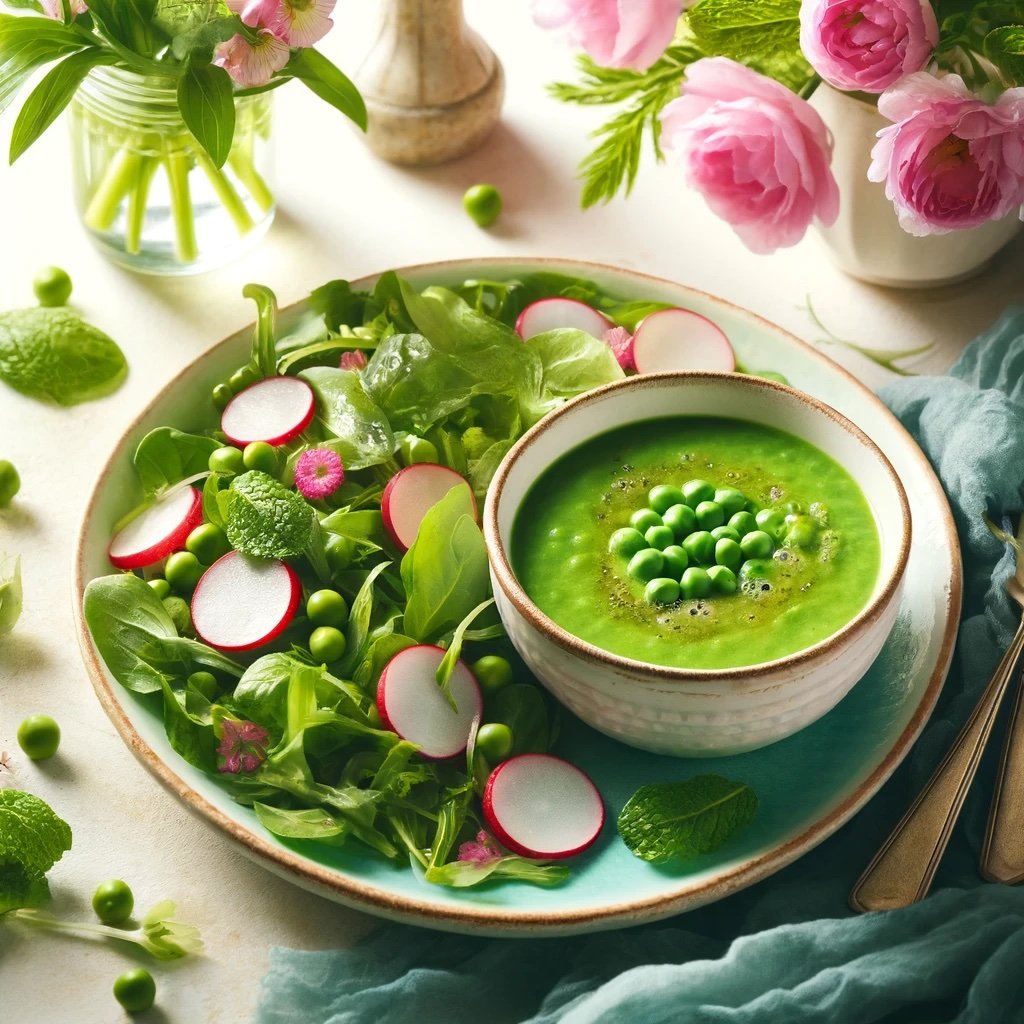Seasonal Menu Options for Any Event
As someone who's been in the thick of the culinary world for years, I've always emphasized the importance of seasonal cooking. It's not just about what's fresh; it's about what makes sense for the palate, the environment, and yes, the wallet too. Today, we’re diving into how you can leverage the best of each season to elevate any event, whether it's a casual get-together or a lavish wedding.
First off, let’s get one thing straight—seasonal menus are not just a trend, they're a cornerstone of high-quality catering. When you choose ingredients that are at the peak of their season, you're guaranteed to get the best flavors and textures possible. This means your dishes will be more vibrant, more delicious, and generally more satisfying.
Spring: This season is all about renewal. Ingredients like tender greens, asparagus, and artichokes come into their prime. Imagine starting your event with a fresh pea and mint soup or a salad featuring spring greens, radishes, and a light vinaigrette. Fish dishes are also fantastic in the spring, with options like salmon or sea bass being lighter but still satisfying. Spring is also the perfect time for incorporating bright, floral elements into your dishes, which can be a real game changer in terms of presentation.
Summer: Summer is when the magic happens for chefs. The abundance of fruits and vegetables during these months makes it an exciting time to create a menu. Think dishes that are bursting with colors and flavors—grilled vegetable platters with aubergine, peppers, and zucchini, or fresh berry tarts for dessert. Seafood is another brilliant choice for summer menus; a beautiful grilled lobster or a seafood paella can act as the centerpiece of your event. And don’t forget the cocktails—summer is the perfect time for sangrias or citrus-based cocktails that refresh and invigorate.
Autumn: As the air turns crisp, we look to heartier ingredients to satisfy our palates. This is the season for pumpkins, squashes, mushrooms, and grains. A roasted butternut squash risotto or a hearty beef stew with root vegetables can be comforting yet sophisticated. Autumn is also a great time for incorporating darker, richer flavors and ingredients like figs, pears, and nuts into your desserts. Pies, crumbles, and tarts with these ingredients can be a stunning way to end any meal.
Winter: Winter catering calls for warmth and comfort. It's about rich flavors and satisfying textures. Dishes based around meats like lamb, beef, and pork are winners, paired with heavier sides like mashed potatoes or polenta. For vegetarians, a winter vegetable tagine can be a warming, flavorful option. Desserts in winter can include spices like cinnamon, nutmeg, and cloves, which provide warmth and depth—think spiced apple cakes or chocolate puddings.
Each season also offers its unique pairings for drinks. Spring and summer might call for lighter wines and cocktails, whereas autumn and winter present an excellent opportunity to break out the heavier red wines and even introduce mulled drinks.
Finally, remember that creating a seasonal menu is about more than just picking the right ingredients. It's about telling a story and creating an experience that resonates with your guests. Each dish should be a reflection of its time of year and evoke the emotions associated with the season.
To sum up, crafting a seasonal menu is an exciting challenge that, when done well, can truly elevate any event. It shows thoughtfulness and a commitment to quality that won't go unnoticed by your guests. So next time you’re planning an event, think seasonally, think fresh, and, most importantly, think delicious!





